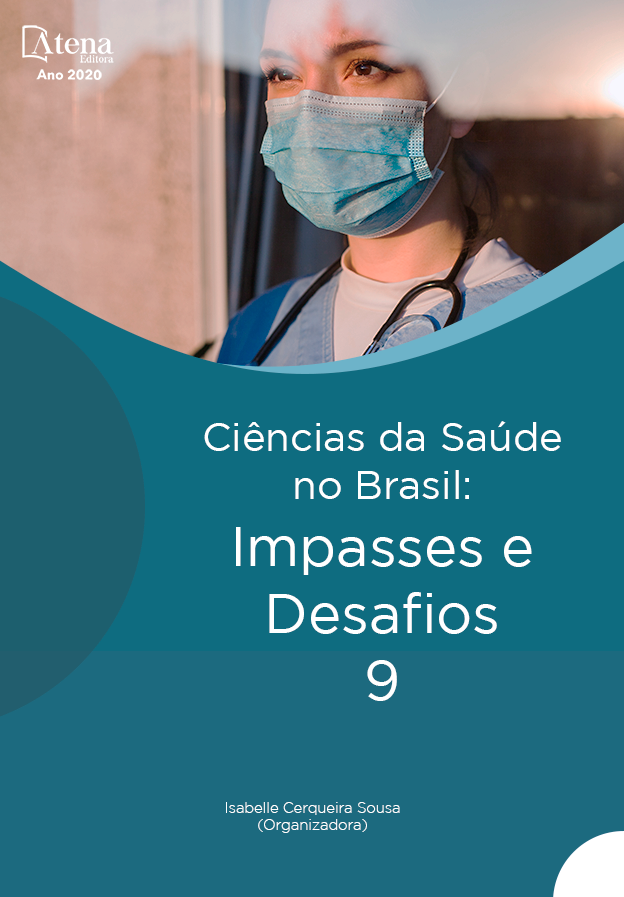
ANATOMIA COM AS MÃOS – APRESENTAÇÃO DO CORPO HUMANO PARA A COMUNIDADE SURDA: UM RELATO DE EXPERIÊNCIA
Introdução: No Brasil, desde 2002 a Língua Brasileira de Sinais (LIBRAS) é reconhecida como a segunda língua oficial do país pela Lei Nº 10.436, de 24 de abril de 2002 (BRASIL, 2002). Notadamente, é de grande valia impulsionar a quebra da barreira de comunicação entre os ouvintes e a comunidade surda. Por esse motivo, o primeiro projeto “Anatomia com as mãos” foi realizado em outubro de 2016 com a comunidade surda de Parnaíba-PI, onde acadêmicos de medicina ensinaram de forma lúdica e interativa o básico de anatomia do corpo humano utilizando a LIBRAS. Tomou-se conhecimento de que uma considerável quantidade de surdos da região não sabia denominar as partes de seu corpo, o que conferiu uma importância maior à atividade. Objetivo: O projeto teve como objetivo ultrapassar a barreira da comunicação entre estes acadêmicos e a comunidade surda, promovendo inclusão e acessibilidade a este público. Relato de Experiência: No laboratório de anatomia, estavam dispostas bancadas com peças anatômicas e cada aluno estava responsável por uma dessas. Buscou-se explicar e mostrar ao participante surdo a forma de cada órgão, bem como informá-lo sobre sua função e localização. Foi interessante ver a surpresa e empolgação deles ao entenderem o que foi proposto, bem como a curiosidade que era adquirida no decorrer da atividade e a forma como reagiam ao descobrir o real formato dos órgãos em relação a percepção que anteriormente possuíam sobre os mesmos. A atividade promoveu ao participante uma nova maneira de se comunicar com os profissionais da saúde, já que a partir daquele momento ele saberia localizar e denominar melhor a sua queixa em uma futura consulta médica. Conclusão: A experiência proporcionou um valoroso elo de comunicação entre ouvintes e surdos através da LIBRAS, o que permitiu ultrapassar a barreira de comunicação entre eles, proporcionando uma troca mútua de conhecimento, inclusão e acessibilidade. Esta experiência promoveu aos futuros médicos e profissionais da saúde a importante reflexão sobre a relevância de aprimorar os conhecimentos na LIBRAS para melhor compreender as necessidades do paciente surdo, pois a comunicação é um direito básico de todo cidadão e para assegurar o seu direito à saúde é necessário que os profissionais de saúde estejam preparados para recebê-lo.
ANATOMIA COM AS MÃOS – APRESENTAÇÃO DO CORPO HUMANO PARA A COMUNIDADE SURDA: UM RELATO DE EXPERIÊNCIA
-
DOI: 10.22533/at.ed.23820280912
-
Palavras-chave: Anatomia, Inclusão Educacional, Linguagem de Sinais.
-
Keywords: Anatomy, Inclusive Education, Sign Language.
-
Abstract:
Introduction: In Brazil, since 2002, a Brazilian Sign Language (BSL) has been used as the country's second official language by law nº 10.436, of April 24, 2002 (BRAZIL, 2002). Notably, it is a great asset to promote the breakdown of communication between listeners and the deaf community. For this reason, the first project “Anatomy with the hands” was carried out in October 2016 with the deaf community of Parnaíba-PI, where medical students taught the playful and interactive form or the basic anatomy of the human body using BSL. A considerable amount of deaf people from the region was not referred to as parts of his body, or that he attached greater importance to the activity. Objective: The project aimed to overcome the communication barrier between these academics and the deaf community, promoting inclusion and accessibility in this audience. Description of the experiment: In the anatomy laboratory, benches with anatomical pieces were arranged and each student was responsible for one of these. We tried to explain and show the participant the shape of each organ, and about its function and location. It was interesting to see the surprise and excite them to understand or what was proposed as well as the curiosity that was acquired during the activity and the way they reacted when discovering the real shape of the organs in relation to the perception they previously had about them. The activity promotes the participant a new way of communicating with health professionals, from the moment he will know how to better locate and name his complaint in a future medical appointment. Conclusion: The experience provided a valuable link between listeners and deaf people through BSL,that allowed to overcome the communication barrier between them, allowing a mutual exchange of knowledge, inclusion and accessibility. This experience promotes to future doctors and health professionals an important reflection on improving knowledge in BSL to understanding the needs of the deaf patient, considering communication is a basic right of every citizen and to ensure their right to health, it is necessary that health professionals must be prepared to receive them.
-
Número de páginas: 3
- Clesivane do Socorro Silva do Nascimento
- Carolina Lustosa de Medeiros
- Levy Chateaubriand Feller
- Esther Barata Machado Barros
- Raul Sá Rocha
- Pauliane Miranda dos Santos
- Lucas Carvalho Soares
- Luana Cristina Farias Castro
- Rebeca Coêlho Linhares
- Amanda Azevedo Torres
- Adriano Joab Meneses Mesquita
- Yndri Frota Farias Marques


